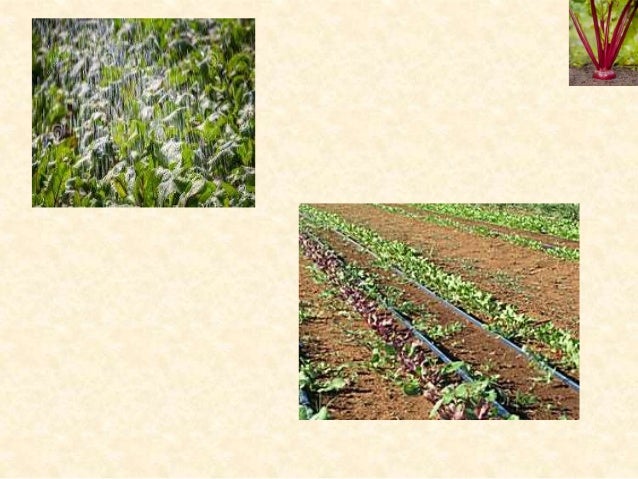


First counts shall not be made before the eighth day at that time remove only normal fluorescent seedlings. Roots of some seedlings produce fluorescent lines on white filter paper when viewed under ultraviolet light.

The test shall be conducted in a manner that will prevent the contact of roots of different seedlings. Distilled or deionized water shall be used to moisten the filter paper. The white filter paper should be nontoxic to the roots of ryegrass and of a texture that will resist penetration of ryegrass roots. The germination test for fluorescence of ryegrass shall be conducted in light with white filter paper as the substratum. The seedling descriptions assume that test conditions were adequate to allow proper assessment of the essential seedling structures. Abnormal seedlings consist of those with defects to these structures, as described in the abnormal seedling descriptions, and are judged to be incapable of continued growth. Seedlings possessing these essential structures are referred to as normal seedlings: Root system (consisting of primary, secondary, seminal, or adventitious roots) hypocotyl epicotyl cotyledon(s) terminal bud primary leaves and coleoptile and mesocotyl (in the grass family). In general, the following are considered to be essential structures necessary for the continued development of the seedling (although some structures may not be visible in all kinds at the time of seedling evaluation). Many pathogens prefer cool soil, so a heat mat set at 70-75 degrees may help prevent damping off.(a ) A seed shall be considered to have germinated when it has developed those essential structures which, for the kind of seed under consideration, are indicative of its ability to produce a normal plant under favorable conditions. Give your seedlings plenty of heat and light, so they germinate and grow quickly.This will help increase air flow for your seedlings. If possible, create a breeze by placing a small fan nearby and turning it on periodically each day.Don’t overwater your seedlings or leave them sitting in water.The soil underneath will remain moist, even if the sand or gravel dries out. Add a thin coating of sand or gravel on top of the potting soil, to keep the surface relatively dry.Do not let the tray stand in water, though-remove excess water after the soil is moist. This keeps the seedling itself dry and less susceptible. Water seedlings from the bottom, by placing the container in a tray of water.Fungal diseases and mold favor damp conditions. Be sure to leave room between them for air circulation. Soak pots for 30 minutes, then rinse with fresh water. If reusing pots, sterilize in 1 part bleach to 9 parts water. Even the small amount of soil clinging to plant pots is enough to provide a safe harbor for fungal spores. The pathogens that cause damping off can live in the soil, and outdoor garden soil can harbor all kinds of fungus spores. Use a sterile potting mix, rather than soil from your garden.The Spruce Home Improvement Review Board.


 0 kommentar(er)
0 kommentar(er)
